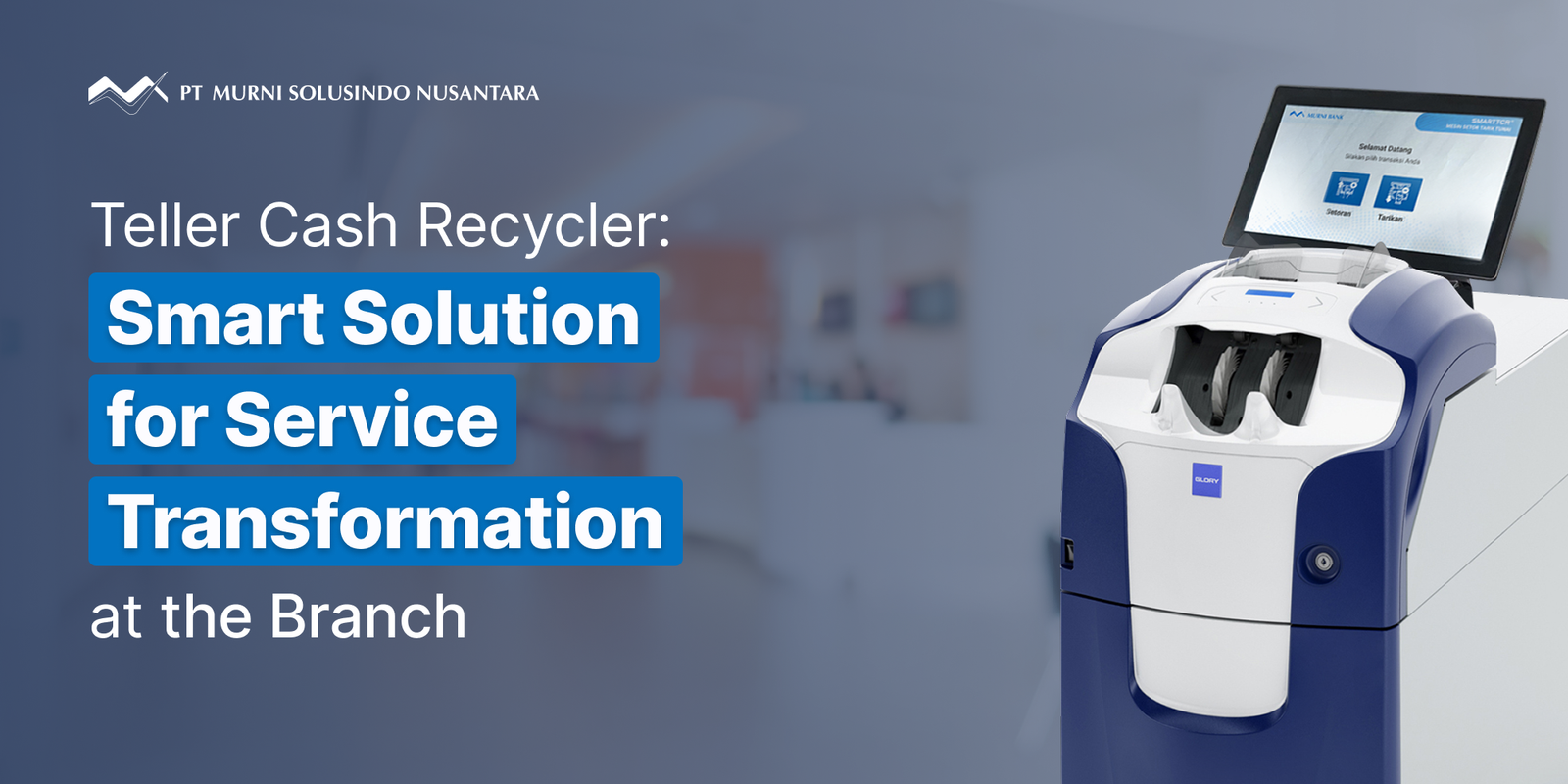Queues are a common occurrence in various business sectors. In fact, queues can be found almost everywhere, from cinemas, banks, to other public areas.
This makes queue management essential in enhancing the quality of customer experiences. Therefore, in this article, we will discuss strategies for optimizing the queue system in your business.

Understanding Queue Characteristics
Before moving into optimization strategies, it’s essential to familiarize yourself with the characteristics of queues. In this context, customers and service providers are the key elements of the queue system, which can be summarized as follows:
1. Calling Population
The population of potential customers, often referred to as the “Calling Population,” can be assumed to be infinite, even though it is, in reality, finite. This assumption of an unlimited calling population can be used to simplify queue models by considering a constant arrival rate over time.
2. System Capacity
In many queue systems, there is a limit to the number of customers that can be accommodated in the queue or system. When a system is full, incoming customers do not enter the system immediately but return to the calling population. However, it’s worth noting that there are other systems, like those in shopping centers, that may have an infinite capacity.
3. Arrival Process
The arrival process in models with an unlimited population can be distinguished by the time between successive customer arrivals, whether scheduled or random. In random systems, the inter-arrival times are often characterized by probability distributions. Additionally, customers can arrive individually or in groups, with both constant and random patterns.
4. Queue Behavior and Discipline
Queue behavior refers to the actions of customers while waiting in the service queue. In some situations, customers may refuse to wait in line, leave the queue, or switch to another queue they perceive as faster.
Queue discipline is the logical arrangement of how the next customer is selected. Queue disciplines are generally categorized As First-Come-First-Served (FCFS), Last-Come-First-Serve (LCFS), Service In Random Order (SIRO), and others.
5. Service Duration and Mechanisms
The duration of each service can be programmed to be constant or variable. In some cases, services are evenly distributed across different types, classes, or priorities. In other businesses, customers of various types may receive different service time distributions.
After understanding the key characteristics mentioned above, let’s move on into the main topic: implementing queue strategies that align with these characteristics.
Optimization Strategies Based on Queue System Characteristics
Optimizing queue management can directly contribute to improved customer experiences and operational efficiency in your business. However, achieving this requires an ongoing process.

Here are strategies for optimizing the queue system in line with its characteristics:
1. Adjusting Service Capacity
One of the most effective ways to reduce queue waiting times is by increasing service capacity through:
- Adding more service providers during peak hours.
- Providing cross-training to empower employees in handling various tasks effectively.
- Investing in technology to automate repetitive tasks.
By boosting capacity, you can handle more customers simultaneously, reduce wait times, and enhance overall service output.
Optimizing Arrival Patterns
To achieve a more balanced workload distribution, identify peak arrival times and adjust staffing levels accordingly. Having more staff available during peak hours and fewer during off-peak times can minimize customer wait times while maintaining operational efficiency.
3. Implementing Priority Queues
To accommodate unique business needs, consider adding priority labels to customers within the queue system. Customers with priority status receive faster service, as seen in hospital scenarios where emergency or critical patients require immediate attention.
4. Providing Self-Service Options
Reduce the number of customers waiting in physical queues by providing self-service options such as:
- Self-checkout in retail stores.
- Online appointment booking.
- Mobile apps offering access to virtual queues.
Self-service options not only enhance the customer experience but also allow staff to focus on more complex tasks.
5. Real-Time Monitoring
Use queue management software to monitor queue lengths and waiting times in real-time. With this updated data, you can make more effective decisions, such as adding additional resources or opening additional service counters in response to unpredictable situations.
6. Queue Design
Optimize the layout of your queue system by designing waiting areas to avoid bottlenecks and streamline customer flow. Consider using clear signage, queue barriers, and seating for waiting customers.
7. Appointment Scheduling
Implement appointment-based systems to help customers schedule services. This can reduce walk-in traffic, increase demand, and ensure that customers receive the services they need.
8. Data Analytics
Enhance your data analytics capabilities to gain a more comprehensive view of system performance. Identify areas for improvement based on historical data and make data-driven decisions to enhance efficiency and customer satisfaction.
9. Feedback Mechanisms
Collect customer feedback to identify pain points in the queuing process. Use this feedback to make necessary adjustments and continuously improve the queuing experience.
10. Employee Training
Well-trained staff tend to possess a positive attitude and are more efficient. By investing in employee training programs, your team can effectively manage queues and deliver high-quality service.
Optimizing Queue Systems Made Easier with SMARTQUEUE™
SMARTQUEUE™ is an enterprise customer experience solution that has helped various businesses deliver quality customer experiences through optimized queue systems.
More than just a queue management solution, SMARTQUEUE™ is designed and developed to support improved queue quality through data analytics, enabling better customer flow management.
This solution comes with several key features, including:
Ticketing Kiosk
Self-service check-in solution with an intuitive and user-friendly interface.
Concierge
Personalized service and assistance for customers with special needs, involving on-the-spot staff for check-in and more.
Virtual Caller
Web-based calling module accessible to staff, used for efficiently calling, recalling, and transferring customers.
Multimedia Display
Multimedia displays for queue information and other content, including advertisements, events, and more, similar to digital signage.
Dashboard Monitoring
Supervision tools for front-office monitoring to assist back-office management in taking swift action in unexpected situations.
Centralised Reporting
Data-driven analytics for more effective corporate planning, consisting of real-time statistics and comprehensive KPI reports.
Moreover, SMARTQUEUE™ offers additional modules from appointment booking systems, email and SMS notifications, to customer feedback management solutions that can be seamlessly added to match your unique needs.
Interested in learning more about this solution? Visit the following SMARTQUEUE™ page to get deeper insight about the solution and its benefits for your business. You can also reach out to our expert by phone at 1500 913 or by email at info@murni.co.id to get more information about this solution or other solution that works best for your business.


